The CEO of Royal Dutch Shell recently projected oil prices will remain “lower forever.” This comes after a decade of the most chaotic gyrations of oil markets since the 1970s. But unlike that earlier period, when production cuts by the new OPEC cartel led to a quadrupling of world oil prices, this one has included both booms and busts in prices. And while the 1970s saw the creation of a producers’ cartel aim at maintaining high prices, this time the highly competitive U.S. shale oil industry has emerged as the dominant new force determining market prices.
A quick look at how all this happened provides guidance for what to expect from here. Since 2000, conservation measures kept oil demand from rising at all in the U.S. and other advanced economies. But demand from China and other emerging economies has soared, raising global demand by roughly 1 percent a year. Before the Great Recession, this rapid growth in emerging market demand, alongside little change in non-OPEC supplies, allowed OPEC to drive up prices from $20 in the late 1990s to more than $100 by simply maintaining production. The Great Recession brought down prices, but only temporarily. And as the advanced economies recovered and China’s growth continued, oil prices again rose to the $100 range.
The highly competitive U.S. shale oil industry has emerged as the dominant new force determining market prices.
It was in this environment that the new U.S. shale industry began producing in 2009. High prices encouraged the discovery and development of shale fields and production rates grew rapidly, doubling total U.S. production from 5 to 10 mbd (millions of barrels per day). Since early 2015, they have since stayed in a range of $35 to $55, and the growth of shale output has slowed sharply. The big run up in prices revealed how fast the new shale oil industry could expand. And the much lower prices that followed tested how shale would respond to harder times for producers.
Shale oil is revolutionary because production responds much more quickly to price changes than production from conventional fields. While a conventional field’s production declines gradually over a number of years, and it does not pay to stop production once it starts. By contrast, most of a shale well’s production comes during its first year after completion, and work on a new shale well can be postponed after the drilling phase and before the fracturing of the shale structure. So production can be reduced promptly in response to lower prices. And it can be expanded quickly when prices rise or are expected to rise. Shale production nearly stalled when prices briefly got to the low $30s. And with prices nearer $50 in the past few quarters, production is projected to expand from around 9 mbd in the first half of this year to near 10mbd in 2018.
In the longer run, demands from emerging economies will continue their recent growth trends. And the demand from the advanced economies will be contained by environmental pressures along with the move to hybrid and electric vehicles. So on the global demand side, these prospects resemble the past couple of decades. But on the global supply side, the presence of the shale industry changes the game. Barring some serious political disruption of supply, a sustained return to $100 oil is unlikely given the higher shale production it would bring. And a price substantially below the recent $45 to $50 range would be limited by promptly reduced shale output. This is the new order that shale drilling brings to the formerly chaotic oil market. And it is why “lower prices forever” is a reasonable projection today.

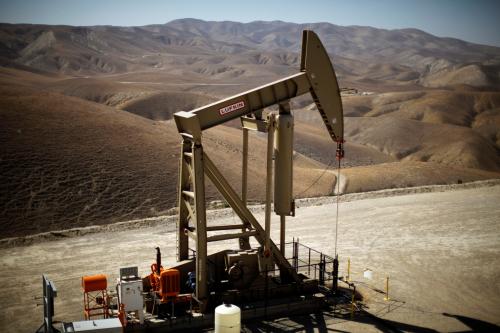
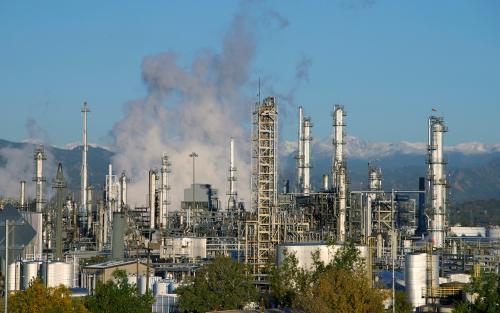

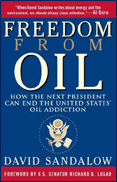


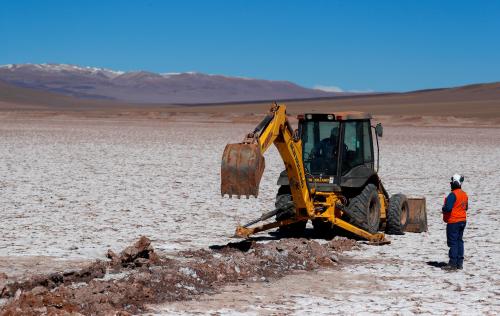

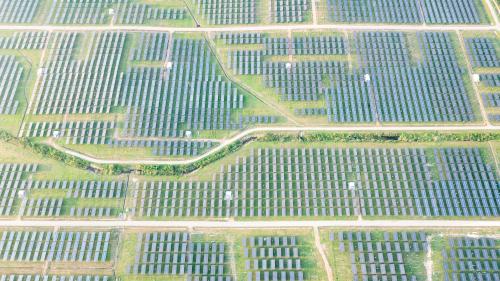
Commentary
The new oil market: Chaos or order?
August 7, 2017